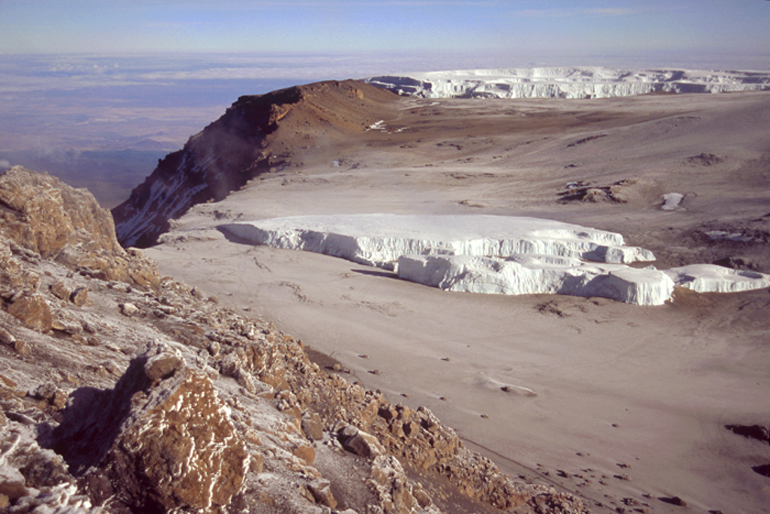
The
widespread presence of toxic chemicals in our environment is one of
the grimmest discoveries of our time.
President Jimmy Carter
Synthetic chemicals have been especially problematic for life on earth since the Industrial Revolution. Thousands of them have been patented, ostensibly for "better living through chemistry." Unfortunately that's a bit of a stretch.
Some, such as lead, mercury, and persistent organic pollutants (POPs or the Dirty Dozen) are directly toxic to humans and wildlife. In the U.S. pregnant women are advised not to consume fish or seafood more than twice weekly due to concerns about mercury on the developing fetus. And mercury levels are so high in the Great Lakes that many bordering states advise anyone, pregnant or not, against eating fish caught in these waters. And this is what we think we know. Traces of nearly 300 synthetic chemicals have been found in recent analyses of human tissue. None of these had even been invented a few decades ago. And we don't have a clue as yet about their toxicity.
The most widespread and worrisome effect of human activity in the last 100 years has been the release of greenhouse gases into the atmosphere from the burning of fossil fuels. The consequence is global warming, now established and understood. There has been a rise in global temperature of 1.1 degrees in the previous century, and the most dire predictions say there may be another 9 degrees of increase this century. Such a future is hard to imagine and much is left to conjecture. What is certain is that any species that survives will do so by making extreme and rapid adaptations. It seems likely that many species will be unable to do so. Without drastic changes in human behavior there will be a terrible toll on the living world.
The photo above was taken from the summit of Kilimanjaro. It shows the rapidly receding Furtwangler glacier in the caldera. Beyond the Great Western Breech the Serengeti Plains can be seen, stretching to the horizon. As is apparent in the photo, Hemingway's "White Roof of Africa" is now mostly slate gray.